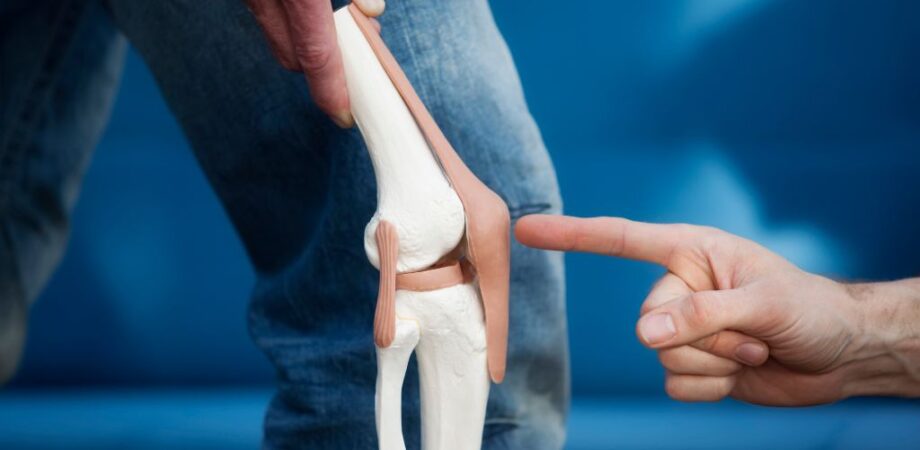Understanding Knee Osteoarthritis
Knee osteoarthritis, a degenerative joint disease, affects millions of people worldwide. It occurs when the protective cartilage in your knee joint wears down over time, leading to pain, stiffness, and reduced mobility.
Symptoms of Knee Osteoarthritis
The symptoms of knee osteoarthritis can vary from person to person, but common signs include:
Pain: Aching pain, especially during physical activity or after prolonged sitting.
Stiffness: Difficulty moving your knee, particularly in the morning.
Swelling: Visible swelling around the knee joint.
Reduced range of motion: Limited ability to bend or straighten your knee.
Grinding or popping sensation: A noticeable sound or feeling when moving your knee.
Causes of Knee Osteoarthritis
Several factors can contribute to the development of knee osteoarthritis:
Aging: As you age, the cartilage in your joints naturally wears down.
Injury: Previous knee injuries, such as ligament tears or fractures, can increase your risk.
Obesity: Excess weight puts additional stress on your knees, accelerating cartilage damage.
Genetics: A family history of osteoarthritis may increase your susceptibility.
Occupation: Certain occupations that involve repetitive kneeling or squatting can contribute to knee osteoarthritis.
Treatment Options for Knee Osteoarthritis
A variety of treatment options are available to manage knee osteoarthritis, including:
Non-surgical Treatments:
Medications: Over-the-counter pain relievers like acetaminophen or ibuprofen, as well as prescription pain medications, can help alleviate pain and inflammation.
Physical Therapy: Physical therapy exercises can strengthen the muscles around your knee, improve flexibility, and reduce pain.
Weight Loss: Losing even a small amount of weight can significantly reduce stress on your knees.
Assistive Devices: Canes, crutches, or knee braces can help support your knee and reduce pain.
Surgical Treatments:
Arthroscopic Surgery: A minimally invasive procedure to repair damaged cartilage or remove loose bone fragments.
Osteotomy: A surgical procedure to realign the bones in your knee to reduce stress on the damaged joint.
Knee Replacement Surgery: A surgical procedure to replace the damaged knee joint with an artificial one.
Prevention Tips
While there’s no guaranteed way to prevent knee osteoarthritis, you can take steps to reduce your risk:
Maintain a Healthy Weight: Excess weight puts extra stress on your knees.
Exercise Regularly: Engage in low-impact exercises like swimming, cycling, or water aerobics to strengthen your muscles and improve flexibility.
Protect Your Knees: Avoid high-impact activities and wear appropriate footwear to protect your knees from injury.
If you’re experiencing symptoms of knee osteoarthritis, it’s important to consult with a healthcare professional for an accurate diagnosis and appropriate treatment plan. Early intervention can help manage pain, improve function, and slow the progression of the disease.



